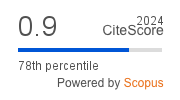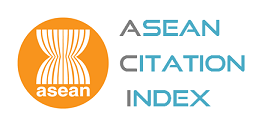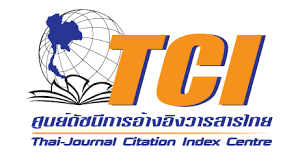The Langchuang Epic and Pre-Modern Tai Dam Political Space in Vietnam
Abstract
This article explores the political implications of a Tai Dam story entitled Langchuang. Found in northwestern Vietnam, the Langchuang story is an important Tai Dam legend of a heroic figure named Langchuang. Based on my research on Tai literature, ethno-history, and ethnography of literature, I argue that the story of Langchuang is crucial to the formation of pre-modern Tai Dam spatial consciousness which term I use after Charles Keyes’ (1995) and Benedict Anderson’s (1991) “proto-imagined community,” a shared identity over a large area of literary community whose residents are conscious that they belong to the same society without necessarily knowing one another in person. I take the Langchuang story to explore how the Tai epic creates the Tai Dam’s imagination of political space. Before becoming a part of the Vietnamese state after 1954, the Tai used literature to tie people in a large area together. However, instead of relying on print-capitalism, which invents a common identity among a large population of a literary community of texts published in a vernacular language of one nation-state (Anderson 1991), the Langchuang epic was disseminated among the limited ruling class in both written text and ritual performance to create a “place world” (Basso 1996), a social identity of which people demonstrate how the text and its ritual performance of contributed to a formation of the Tai’s political space and identity.
Keyword: Tai Dam (Black Tai), Tai literature, Langchuang, Vietnam
Downloads
Published
How to Cite
Issue
Section
License
The opinions and ideas expressed in all submissions published in Thammasat Review are solely that of the author(s) and do not necessarily reflect that of the editors or the editorial board.
The copyright of all articles including all written content and illustrations belong to Thammasat Review. Any individuals or organisation wishing to publish, reproduce and distribute a particular manuscript must seek permission from the journal first.








